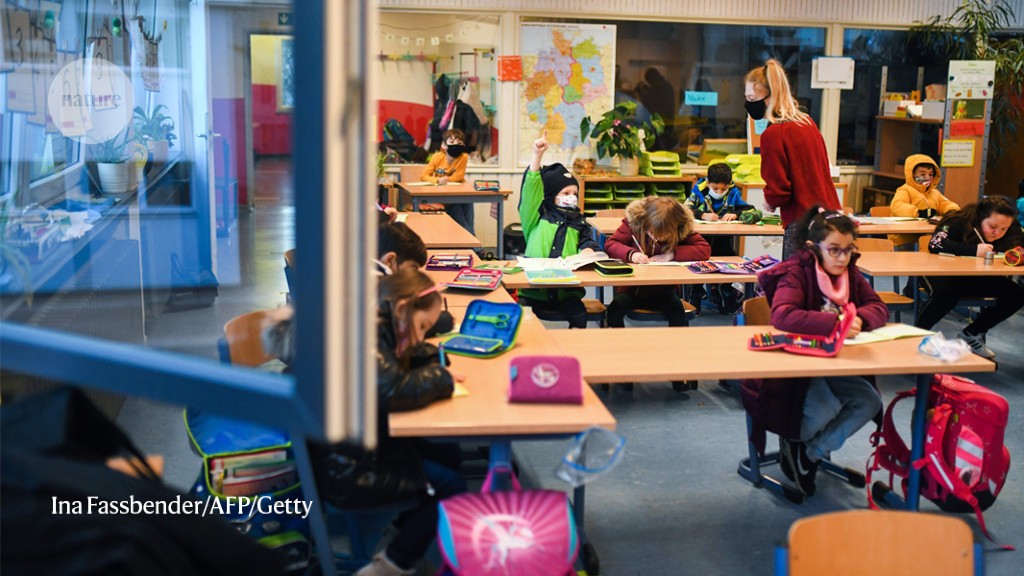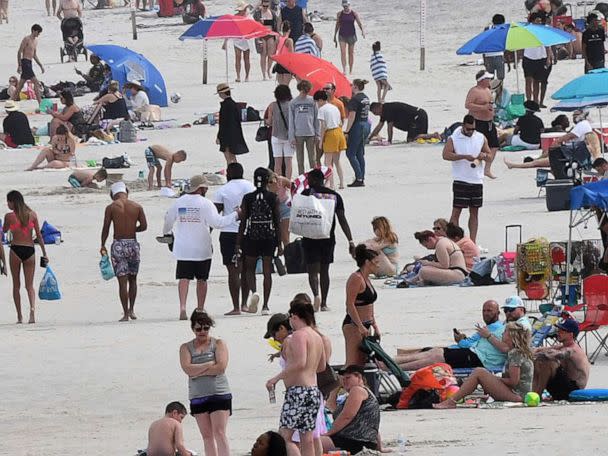When Lidia Morawska leaves home, she takes with her a slick, shoe-sized device that provides some sobering insights about the restaurants and offices she visits. Outside these buildings, her carbon dioxide monitor reads just above 400 parts per million (p.p.m.). But indoors is a different story.
Guinea











Recent Comments